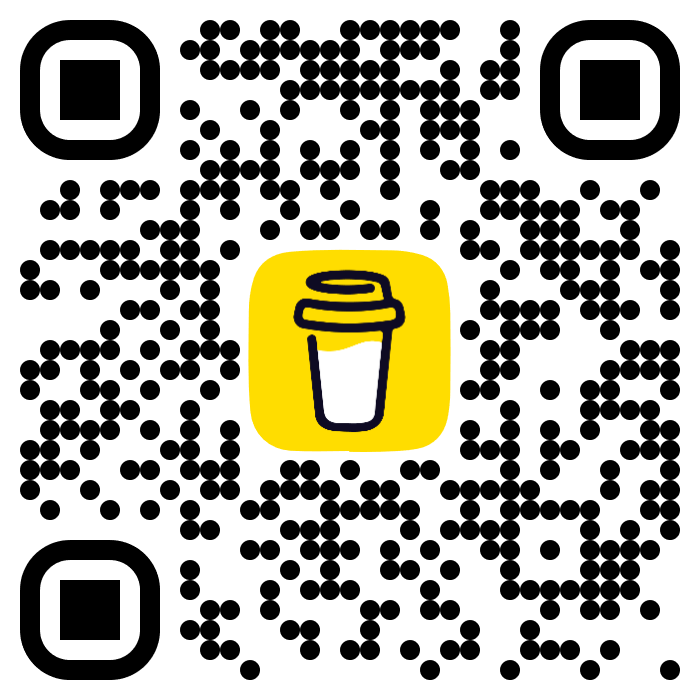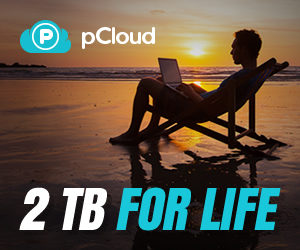Images are important for websites as they make the content more engaging and visually appealing. But sometimes, images don’t load on WordPress sites, which can be frustrating. This can happen for several reasons, but don’t worry! In this guide, we will go over 9 easy ways to fix this problem and get your images back on track.
Reasons Why Your Images Aren’t Loading in WordPress
Before we dive into the solutions, it’s helpful to know why images might not load in the first place. Some common reasons include:
- Wrong Permissions: Your images may not have the right permissions to show up on your website.
- Broken Image Files: Sometimes, the file might be corrupted or didn’t upload correctly.
- Browser Cache Problems: Your browser might be showing an old version of the page without images.
- Plugin or Theme Issues: A plugin or theme might be causing a conflict that prevents images from loading.
- PHP Memory Limits: Your site might not have enough memory to load big images.
- Slow Internet: Sometimes, it’s just a matter of a slow connection that’s preventing images from showing up.
- Outdated PHP Version: If your site is running an old PHP version, it could mess with image loading.
Now let’s look at 9 simple ways you can fix these problems.
1. Resize and Rename Your Image Files
One common reason images don’t load is because of their size. Large images take up more space and can slow down your website. To fix this, resize the image before uploading it to WordPress. You can use tools like TinyPNG or Photoshop to make the images smaller without losing quality.
Also, make sure the image names are simple. Use easy-to-read names with no special characters or spaces, like “my-image.jpg” instead of “image 123!@#.jpg.”
2. Clear Your Browser Cache

Your browser sometimes stores old versions of the page, which may not show updated content like new images. Clearing your browser’s cache can help reload the images properly. You can do this in most browsers by pressing Ctrl + Shift + Delete on Windows or Command + Shift + Delete on a Mac.
3. Check Image Permissions
WordPress might not be able to display your images if the permissions are set wrong. To check this, you’ll need to access your site files through FTP or your hosting control panel. Set the permissions for image files to 644 and for the folders to 755. This will allow WordPress to access and show the images properly.
4. Disable Plugins Temporarily
Plugins can sometimes mess with how your images load. To check if a plugin is causing the problem, go to the WordPress admin panel and deactivate all your plugins. Then check if the images load. If they do, reactivate the plugins one by one to find the one that’s causing the issue.
5. Switch to a Default Theme
Sometimes, your theme might not be compatible with WordPress or have a bug that prevents images from loading. Try switching to the default WordPress theme (like Twenty Twenty-Four). If the images load properly, your theme might be the problem. Consider updating or switching to a different theme if this is the case.
6. Increase Your PHP Memory Limit
If your site runs out of memory, it could struggle to load images. To fix this, you can increase the PHP memory limit. This can be done by adding the following line to your wp-config.php file:
define( 'WP_MEMORY_LIMIT', '512M' );
This will give your site more memory to load images and other content.
7. Test With a Different Browser
Sometimes, the problem isn’t with your WordPress site, but with the browser itself. If your images are not loading in one browser, try opening your site in another one (like Chrome, Firefox, or Safari). If the images load in a different browser, it might be time to clear your original browser’s cache or fix any browser extensions that could be blocking images.
8. Update Your PHP Version
If your site uses an old version of PHP, it may cause issues with loading images. You can update your PHP version through your hosting provider’s control panel. Make sure to select the latest PHP version available, as newer versions work better with WordPress.
9. Prevent Hotlinking

Hotlinking is when other websites link directly to your images, using up your server’s resources. This can prevent your images from loading properly. To prevent hotlinking, you can add a few lines of code to your .htaccess file to block it. This will stop others from stealing your images and using them on their sites.
RewriteEngine on
RewriteCond %{HTTP_REFERER} !^$
RewriteCond %{HTTP_REFERER} !^http(s)?://(www\.)?yourdomain.com [NC]
RewriteRule \.(jpg|jpeg|png|gif)$ - [NC,F,L]
Just replace yourdomain.com with your actual domain name.
Bonus Tip: Use a Content Delivery Network (CDN)
A CDN is a network of servers that stores copies of your website’s images and content. When someone visits your site, the CDN serves images from the server closest to them, making it load faster. It also reduces the load on your main server and can help images load even when your server is under heavy traffic. Consider using a free CDN like Cloudflare to speed up image loading times.

Fixing images that won’t load in WordPress can be frustrating, but with these easy solutions, you can resolve the issue quickly. Always remember to check image size, file names, and permissions first. If those are fine, clearing cache, deactivating plugins, and switching themes might help. If nothing works, don’t hesitate to contact your hosting provider for further assistance.
By following these steps, your images should start loading properly again, improving your website’s functionality and appearance.
Bijay Pokharel
Related posts
Recent Posts
Subscribe

Cybersecurity Newsletter
You have Successfully Subscribed!
Sign up for cybersecurity newsletter and get latest news updates delivered straight to your inbox. You are also consenting to our Privacy Policy and Terms of Use.





